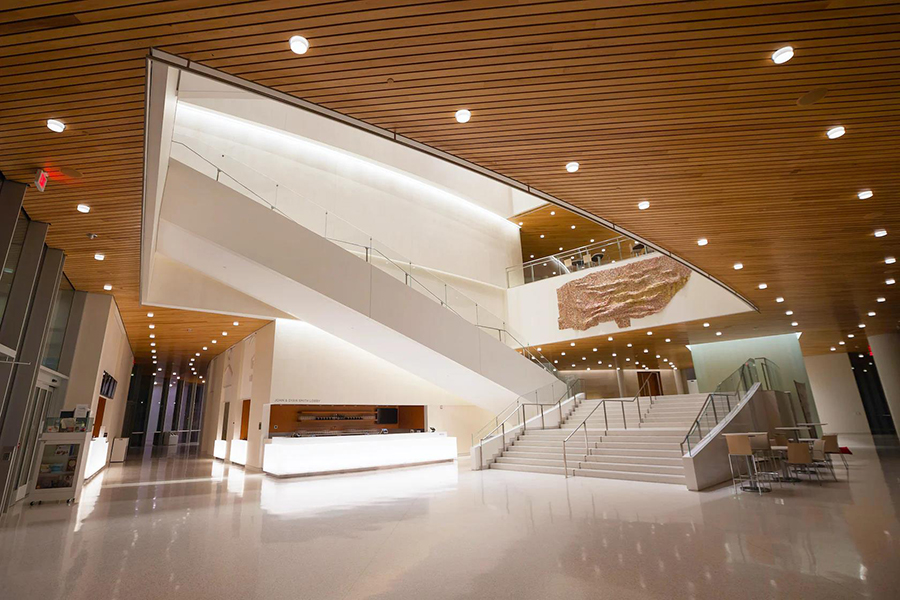Firstly, you must understand the principles of light emission and the difference between conventional lighting and LED lighting.
The incandescent lamp's light-emitting mechanism is the electrical energy that heats the light-emitting tungsten filament to emit light. After prolonged heating, the tungsten filament will deteriorate or even burn out and the life of the incandescent lamp will be over. In the case of filament bulbs, the manufacturer must compromise between the brightness of the bulb for a given power rating and the duration of the bulb. The longer the life expectancy, the lower the temperature of the filament, but the result is that less light is emitted. You could potentially make a longer-lasting bulb, but the efficiency would be unacceptable for most people. There are actual examples of bulbs that have lasted for decades continuously, but they have really low power. The filament usually fails due to the tungsten itself gradually evaporating over time. This is why you will see a darkening within the surface of the bulb, which is caused by the deposition of tungsten.

The luminous mechanism of LEDs is determined by the special composition structure of the diode. The diode consists mainly of a pn crystal sheet, electrodes and an optical system. When a forward bias is applied to the electrodes of the diode, electrons and holes are injected into the p- and n-regions respectively. These electrons entering the p-region and the holes entering the n-region are non-equilibrium minority carriers. As the non-equilibrium minority carriers continue to recombine with the majority carriers, they will convert the excess energy into radiated photons. This is the mechanism by which light emitting diodes work. The light-emitting process of light-emitting diodes consists of three parts: carrier injection under forward bias, recombination radiation and light energy transmission. As can be seen, LEDs mainly emit light through the constant movement of carriers, and there is rarely any ageing or burning out. Its special light-emitting mechanism determines its luminous life of tens of thousands of hours.
LED ceiling downlights last much longer than incandescent bulbs because they are up to 90% efficient. A typical LED lamp is a very durable device. While incandescent bulbs are designed to last 1000 hours, the most durable LED lamps have been proven to last tens of thousands of hours and, on average, can go 20 years without needing to be replaced.
With led ceiling downlights, the cooler the LED runs, then the longer it will last and the brighter it will be at a given power level. Many people believe that LED bulbs don't give off much heat because they are so efficient, but this is the current fallacy with light bulbs. In fact, a typical 100 lumen per watt bulb wastes about two thirds of the electricity used as heat, rapidly heating the bulb.

The effect of heat on led ceiling downlights is mainly through thermal stress, so the only compromise that needs to be made when designing LED bulbs is the amount of money spent to arrange for the heat to be dissipated efficiently from the LED and the bulb. The way the bulb is mounted also has a significant impact on the actual life span, which is maximised by good ventilation and electrical installation of the bulb to conduct heat away from the bulb efficiently.

























